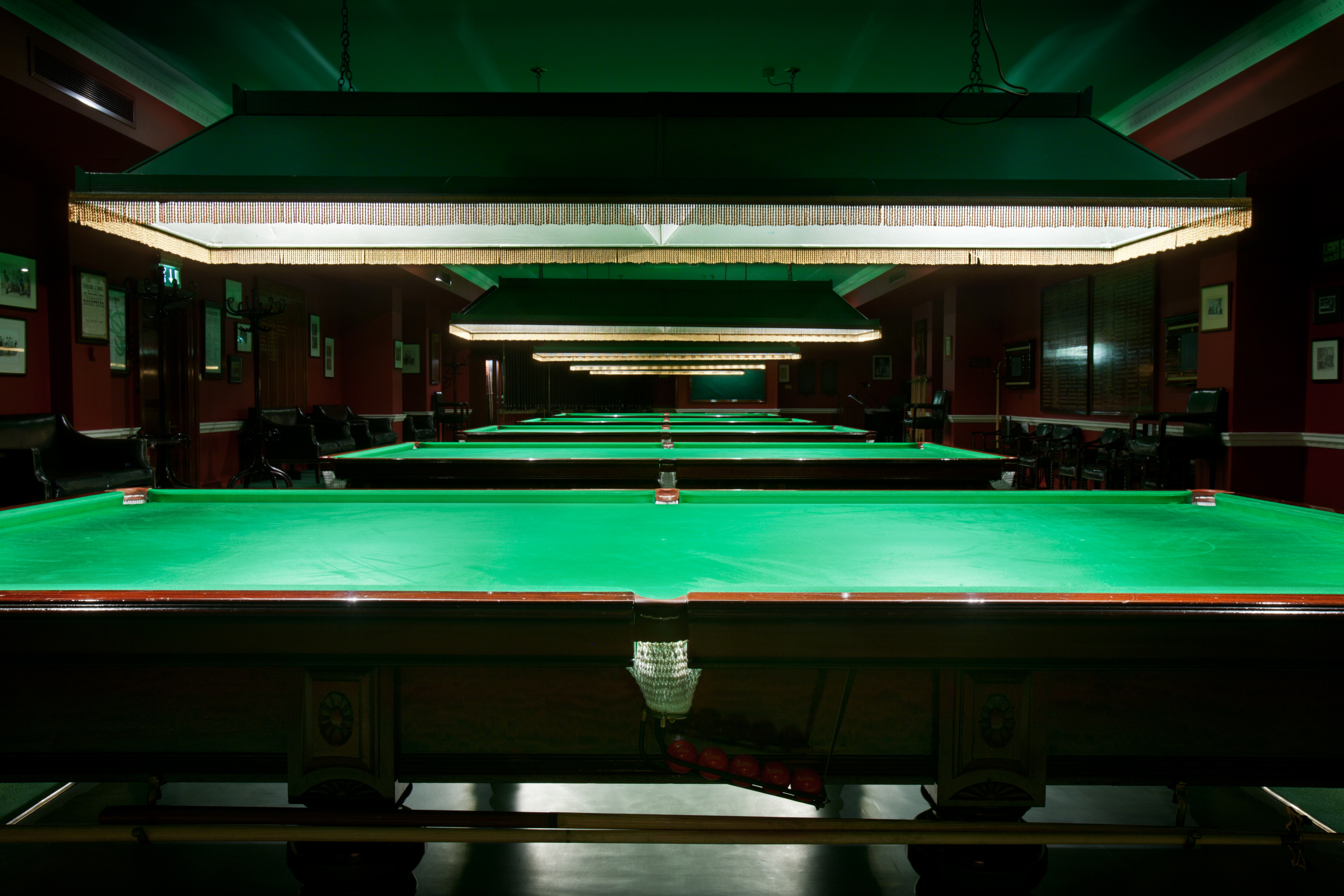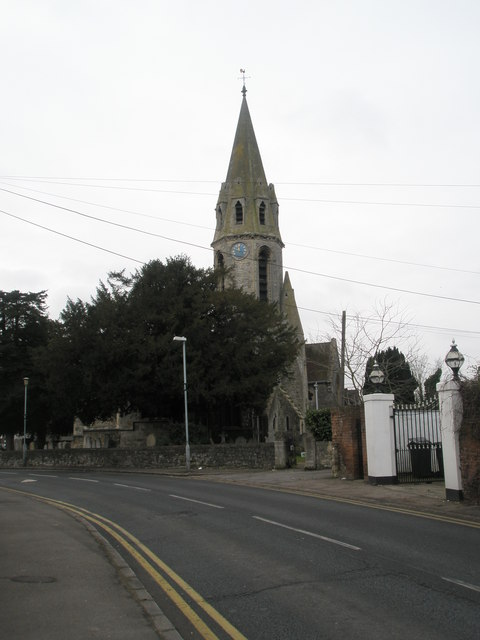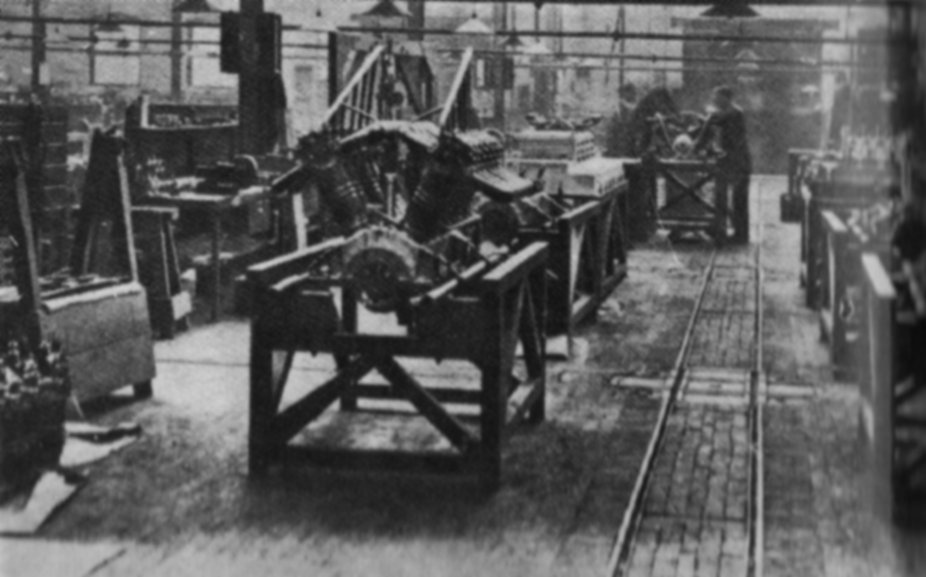|
Claude Johnson
Claude Goodman Johnson (24 October 1864 – 12 April 1926) was a British motor vehicle manufacturer who was instrumental in the creation of Rolls-Royce Limited. Johnson described himself as the hyphen in the Rolls-Royce name. When Royce fell ill and took his design staff home in 1908, and after the death of Rolls in July 1910, it was Johnson who was responsible for keeping the business running, until his own death in April 1926. Early life Claude Johnson was born in Datchet, Berkshire on 24 October 1864 to the middle of the large family of William Goodman Johnson and his wife Sophia Fanny (née Adams).Census 1881 His father was on the staff of the Victoria and Albert Museum, South Kensington Museum. Known as CJ, Johnson was a large broad-shouldered extrovert.Martin Adeney, ''Johnson, Claude Goodman (1864–1926)'', Oxford Dictionary of National Biography, Oxford University Press, 2004 RAC Educated at St Paul's School, London, St Paul's School he briefly attended Royal Colle ... [...More Info...] [...Related Items...] OR: [Wikipedia] [Google] [Baidu] |
Datchet
Datchet is a village and civil parish in the Royal Borough of Windsor and Maidenhead in Berkshire, England, located on the north bank of the River Thames. Historically part of Buckinghamshire, and the Stoke Hundred, the village was eventually transferred to Berkshire, under the Local Government Act of 1972. The village developed because of its close proximity to Windsor and the ferry service which connected it to the main London Road across the River Thames. The ferry was later replaced by a road bridge at the foot of the High Street, which was rebuilt three times, a rail bridge approaching Windsor across the river, and two road bridges above and below the village. The name "Datchet" is thought to be Celtic in origin, and the last part may be related to ''cet'' ("wood"). In the Domesday Book it is called "Daceta". History There is evidence of habitation in the area shortly after the end of the last ice age, between 10,000 and 6,500 years ago, and of a multi-period settlement a ... [...More Info...] [...Related Items...] OR: [Wikipedia] [Google] [Baidu] |
1905 Rolls-Royce Brochure (8390694776)
Nineteen or 19 may refer to: * 19 (number), the natural number following 18 and preceding 20 * one of the years 19 BC, AD 19, 1919, 2019 Films * ''19'' (film), a 2001 Japanese film * ''Nineteen'' (film), a 1987 science fiction film Music * 19 (band), a Japanese pop music duo Albums * ''19'' (Adele album), 2008 * ''19'', a 2003 album by Alsou * ''19'', a 2006 album by Evan Yo * ''19'', a 2018 album by MHD * ''19'', one half of the double album ''63/19'' by Kool A.D. * ''Number Nineteen'', a 1971 album by American jazz pianist Mal Waldron * ''XIX'' (EP), a 2019 EP by 1the9 Songs * "19" (song), a 1985 song by British musician Paul Hardcastle. * "Nineteen", a song by Bad4Good from the 1992 album ''Refugee'' * "Nineteen", a song by Karma to Burn from the 2001 album ''Almost Heathen''. * "Nineteen" (song), a 2007 song by American singer Billy Ray Cyrus. * "Nineteen", a song by Tegan and Sara from the 2007 album '' The Con''. * "XIX" (song), a 2014 song by Slipknot. ... [...More Info...] [...Related Items...] OR: [Wikipedia] [Google] [Baidu] |
Bird Of Prey
Birds of prey or predatory birds, also known as raptors, are hypercarnivorous bird species that actively hunt and feed on other vertebrates (mainly mammals, reptiles and other smaller birds). In addition to speed and strength, these predators have keen eyesight for detecting prey from a distance or during flight, strong feet with sharp talons for grasping or killing prey, and powerful, curved beaks for tearing off flesh. Although predatory birds primarily hunt live prey, many species (such as fish eagles, vultures and condors) also scavenge and eat carrion. Although the term "bird of prey" could theoretically be taken to include all birds that actively hunt and eat other animals, ornithologists typically use the narrower definition followed in this page, excluding both piscivorous predators such as storks, herons, gulls, skuas, penguins and kingfishers, as well as primarily insectivorous birds such as passerine birds (e.g. shrikes) and birds like nightjars and frogmouths. So ... [...More Info...] [...Related Items...] OR: [Wikipedia] [Google] [Baidu] |
Aircraft Engine
An aircraft engine, often referred to as an aero engine, is the power component of an aircraft propulsion system. Most aircraft engines are either piston engines or gas turbines, although a few have been rocket powered and in recent years many small UAVs have used electric motors. Manufacturing industry In commercial aviation the major Western manufacturers of turbofan engines are Pratt & Whitney (a subsidiary of Raytheon Technologies), General Electric, Rolls-Royce, and CFM International (a joint venture of Safran Aircraft Engines and General Electric). Russian manufacturers include the United Engine Corporation, Aviadvigatel and Klimov. Aeroengine Corporation of China was formed in 2016 with the merger of several smaller companies. The largest manufacturer of turboprop engines for general aviation is Pratt & Whitney. General Electric announced in 2015 entrance into the market. Development history * 1848: John Stringfellow made a steam engine for a 10-foot wingspan mod ... [...More Info...] [...Related Items...] OR: [Wikipedia] [Google] [Baidu] |
Rolls-Royce Falcon
The Rolls-Royce Falcon is an aero engine developed in 1915. It was a smaller version of the Rolls-Royce Eagle, a liquid-cooled V-12 of 867 cu in (14.2 L) capacity. Fitted to many British World War I-era aircraft, production ceased in 1927. The Falcon was designed by R.W. Harvey-Bailey. An airworthy Falcon survives today and powers a Bristol F.2 Fighter during summer displays. Design and development Production of the Falcon began in September 1916 and was so successful that it was also manufactured under licence by Brazil Straker in Bristol. Production continued until 1927, by which time 2,185 had been built.Lumsden 2003, p.188. An unusual feature of this engine was the epicyclic propeller reduction gear which contained a clutch designed to limit the maximum torque, thus protecting the reduction gears.Guttery 1969, p.27. The Falcon was notably used in the Bristol F.2 Fighter and Blackburn Kangaroo bomber. Variants ''Note:'' ;Falcon I (''Rolls-Royce 190 hp Mk I'') :(1 ... [...More Info...] [...Related Items...] OR: [Wikipedia] [Google] [Baidu] |
Rolls-Royce Hawk
The Rolls-Royce Hawk was a British aero engine designed by Rolls-Royce in 1915. Derived from one bank of six cylinders of the Rolls-Royce Eagle, it produced 75 horsepower at 1,370 rpm. Power was progressively increased to 91 hp by February 1916, and 105 hp by October 1918. After Rolls-Royce made the prototypes, the Hawk was manufactured under licence by Brazil Straker in Bristol between 1915 and 1918. During this period 204 engines were built, and the Hawk earned a reputation for high reliability. Many engines of this type were used to power the SSZ class coastal patrol airships of which 76 were built. Applications * Avro 504F *Farman MF.7 * Royal Aircraft Factory B.E.2 *SS class blimp (1 example) * SSP class blimp * SSZ class blimp *SST class blimp Post war one engine (serial number 332) was fitted into a specially built hull and launched on Windermere in 1922 with the name ''Canfly''. With a flywheel added it was directly connected to the boat's propeller witho ... [...More Info...] [...Related Items...] OR: [Wikipedia] [Google] [Baidu] |
Rolls-Royce Eagle
The Rolls-Royce Eagle was the first aircraft engine to be developed by Rolls-Royce Limited. Introduced in 1915 to meet British military requirements during World War I, it was used to power the Handley Page Type O bombers and a number of other military aircraft. The Eagle was the first engine to make a non-stop trans-Atlantic crossing by aeroplane when two Eagles powered the converted Vickers Vimy bomber on the transatlantic flight of Alcock and Brown in June 1919. Background At the outbreak of World War I in August 1914, the Royal Aircraft Factory asked Rolls-Royce to develop a new air-cooled engine. Despite initial reluctance they agreed on condition that it be cooled by water rather than air, as this was the company's area of expertise. Design and development Development of the new 20 litre engine was led by Henry Royce from his home in Kent. Based initially on the 7.4 litre 40/50 Rolls-Royce Silver Ghost engine, and drawing also on the design of a 7.2 litre Daimler ... [...More Info...] [...Related Items...] OR: [Wikipedia] [Google] [Baidu] |
Rolls-Royce Aircraft Piston Engines
Rolls-Royce produced a range of piston engine types for aircraft use in the first half of the 20th century. Production of own-design engines ceased in 1955 with the last versions of the Griffon; licensed production of Teledyne Continental Motors general aviation engines was carried out by the company in the 1960s and 1970s. Examples of Rolls-Royce aircraft piston engine types remain airworthy today with many more on public display in museums. WWI In 1915, the Eagle, Falcon, and Hawk engines were developed in response to wartime needs. The Eagle was very successful, especially for bombers. It was scaled down by a factor of 5:4 to make the Falcon or by deleting one bank of its V12 cylinders to make the Hawk. The smaller engines were intended for fighter aircraft. Subsequently, it was enlarged to make the Condor which saw use in airships. Inter-war years The Kestrel was a post-war redesign of the Eagle featuring wet cylinder liners in (two) common cylinder blocks. It was dev ... [...More Info...] [...Related Items...] OR: [Wikipedia] [Google] [Baidu] |
John Douglas-Scott-Montagu, 2nd Baron Montagu Of Beaulieu
John Walter Edward Montagu-Scott, 2nd Baron Montagu of Beaulieu (10 June 1866 – 30 March 1929), was a British Conservative politician, soldier and promoter of motoring. He is the father of Edward Douglas-Scott-Montagu, 3rd Baron Montagu of Beaulieu who would go on to found the National Motor Museum, Beaulieu in Montagu's memory. Background, education and early life Montagu was the eldest son of Henry Montagu-Scott, 1st Baron Montagu of Beaulieu, second son of Walter Montagu Douglas Scott, 5th Duke of Buccleuch. His mother was the Hon. Cecily Susan, daughter of John Stuart-Wortley, 2nd Baron Wharncliffe. He went to Eton College where he rowed, and shot for his school at Wimbledon. He then went to New College, Oxford and helped the New College boat to the Head of the River. He rowed for the Oxford Etonians in the 1887 Grand Challenge Cup with Guy Nickalls and Douglas McLean although without success. He worked for a year in the sheds of the London and South Western Railwa ... [...More Info...] [...Related Items...] OR: [Wikipedia] [Google] [Baidu] |
Eleanor Thornton
Eleanor Velasco Thornton (15 April 1880 – 30 December 1915) was an English actress and artist's model. Biography Eleanor Velasco Thornton was the name adopted by Nelly Thornton, born at 18 Cottage Grove, Stockwell, London. Her father was Frederick Thornton, an Australian telegraph engineer; her mother was Sarah Ann Thornton. Despite stories that her mother was Spanish, possibly circulated due to her dark complexion, her mother's family were from humble origins in the City of London, and the names Eleanor and Velasco appear to be merely names she adopted when she started working in the office of a motoring magazine, ''Car Illustrated'', after leaving school. At 22, she was the secretary of John Edward Scott-Montagu, who became the second Baron Montagu of Beaulieu in 1905. She became his mistress and they had an illegitimate daughter, Joan Eleanor Thornton, whom she gave up for adoption. Thornton posed for sculptor Charles Sykes and may have been the model for his ''Spirit ... [...More Info...] [...Related Items...] OR: [Wikipedia] [Google] [Baidu] |
Charles Robinson Sykes
Charles Robinson Sykes (18 December 1875 – 6 June 1950) was an English sculptor, best known for designing the ''Spirit of Ecstasy'' mascot which is used on Rolls-Royce cars. Sykes was born in 1875 in Brotton, in present-day Redcar and Cleveland Redcar and Cleveland is a borough with unitary authority status in North Yorkshire, England. Its main settlements are Redcar, South Bank, Eston, Brotton, Guisborough, the Greater Eston part of Middlesbrough, Loftus, Saltburn and Skelton. Th ..., England. The ''Spirit of Ecstasy'', also called "Emily", "Silver Lady" or "Flying Lady", carries with it a story about a secret passion between John Walter Edward Douglas-Scott-Montagu (second Lord Montagu of Beaulieu after 1905, a pioneer of the automobile movement, and editor of ''The Car'' magazine from 1902) and his secret love and the model for the emblem, Eleanor Velasco Thornton. Sykes was commissioned by Lord Montagu to make a special mascot for his 1909 Rolls-Royce Silver G ... [...More Info...] [...Related Items...] OR: [Wikipedia] [Google] [Baidu] |




